
“In recent years, we have witnessed a growing number of these ‘angry female musicians’ – delivering their frustrations and discontent in a variety of ways, no longer bound to the rock or punk genres. In music, female anger is a complex phenomenon: difficult to generalize and expressed through both big angry sounds and lyrical narratives of outrage.”
-ALANA GALIO
The Riot Grrrl Movement
A recent resurgence of punk-powered feminism — or is that girl-powered punk? — raises the question: What was, or is, riot grrrl? A movement, a genre, an era, a scene?
The spelling itself is disputed: some OGs (original grrrls) argue two rs, others three; some just say girl. The term originated around 1991 almost as a joke, an offhand comment that got written into mimeographed fanzines that circulated among punk rock and feminist communities first in the Pacific Northwest and the Northeast, then across the country, and eventually around the world. There was a decentralized but effective network of activist chapters that organized protests and performances, made art and zines, and also just sat around and talked — raising consciousness one girl at a time. And of course, there were recordings: handmade cassette tapes, small-label 45s, EPs, LPs and even CDs.
-EVELYN MCDONNELL and ELISABETH VINCENTELLI (2019)
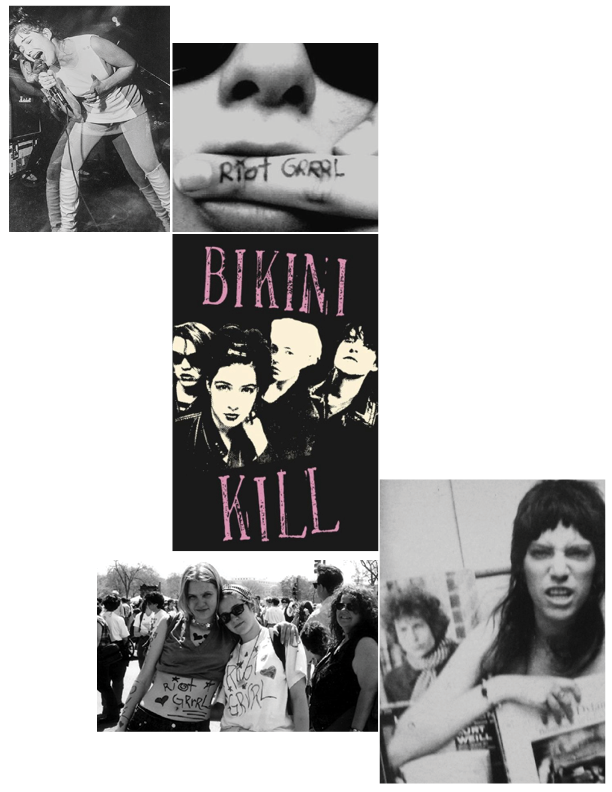
The article goes on to mention that the movement died out due to the members not wanting to be involved in mainstream media. The Rebel Grrrl movement remains successful as a subculture but its influence in music then and today is undeniable.
In recent culture, Songs such as the Crawler’s hit pop-grunge ballad Come Over(again) have become extremely popular on Tiktok. The social media app allows people to use certain songs as context to tell their stories. Come Over(again) went viral when thousands of people used it to portray their anger.
In the Rebel Grrrl movement as well as new trends such as Come over(again) both the lyrics and the instrumental sounds uncredible angry. Femanine rage is undeniable in female rock music and has made a major impact on the culture but it is the only form of expression…
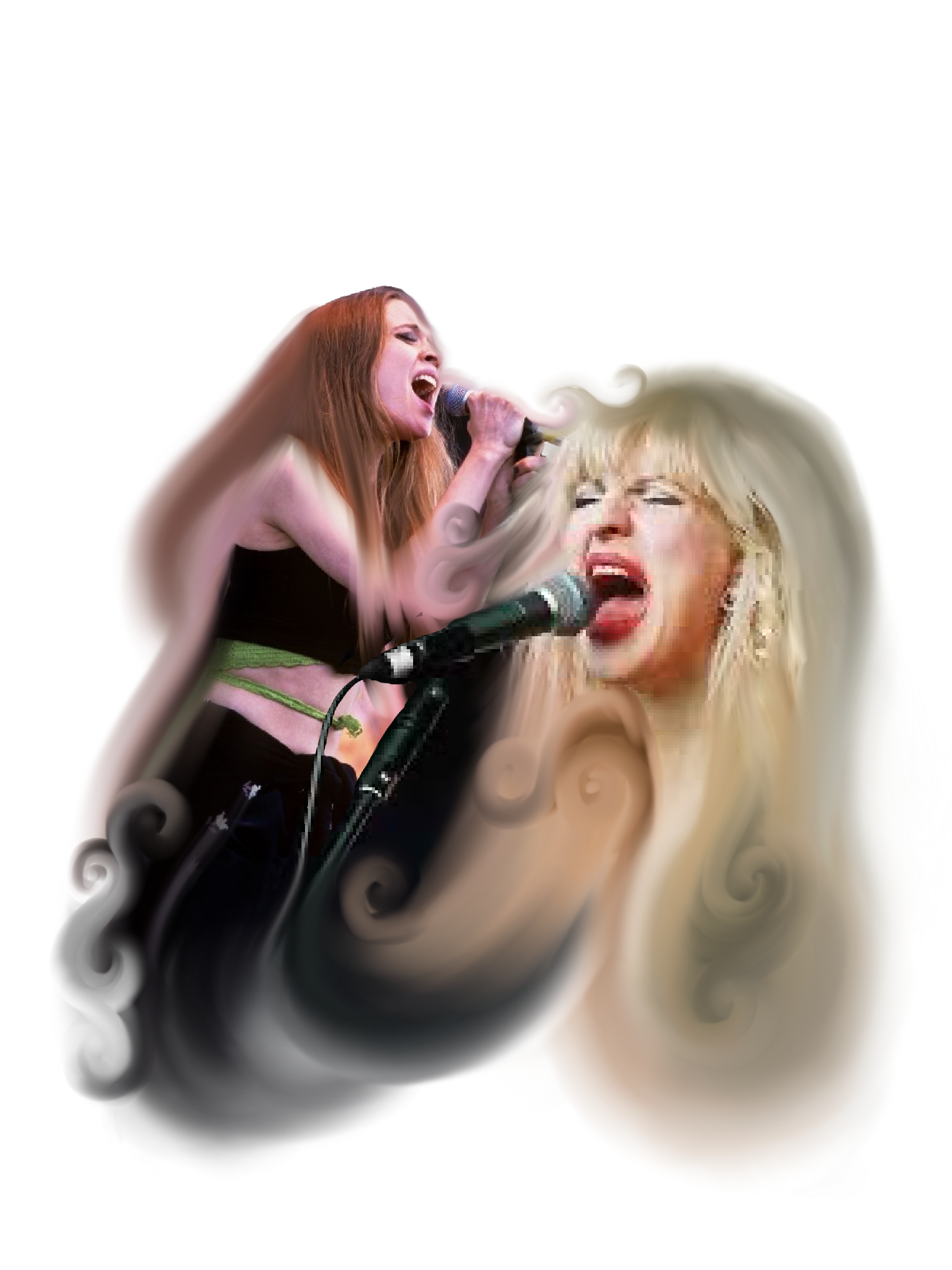

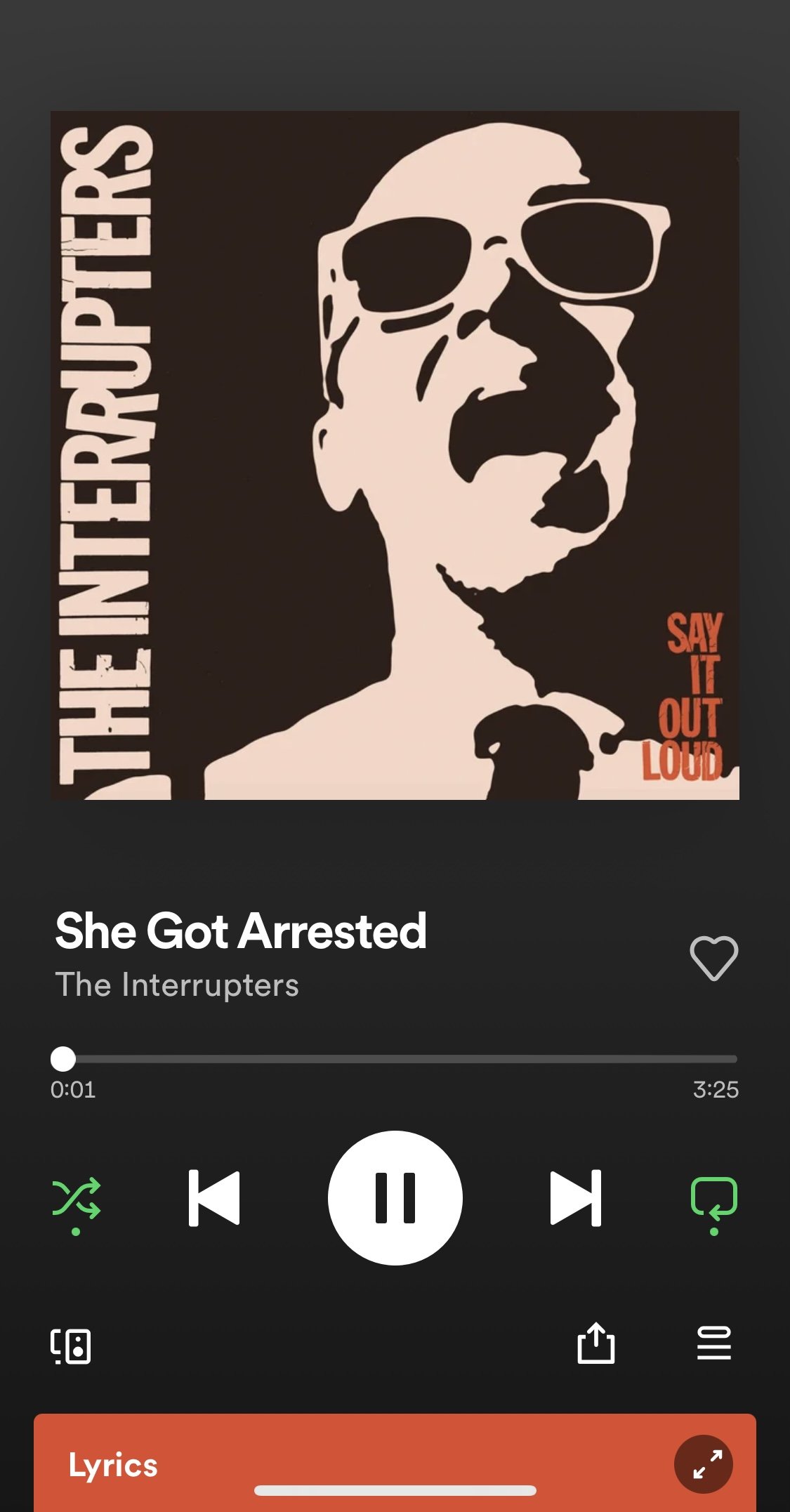
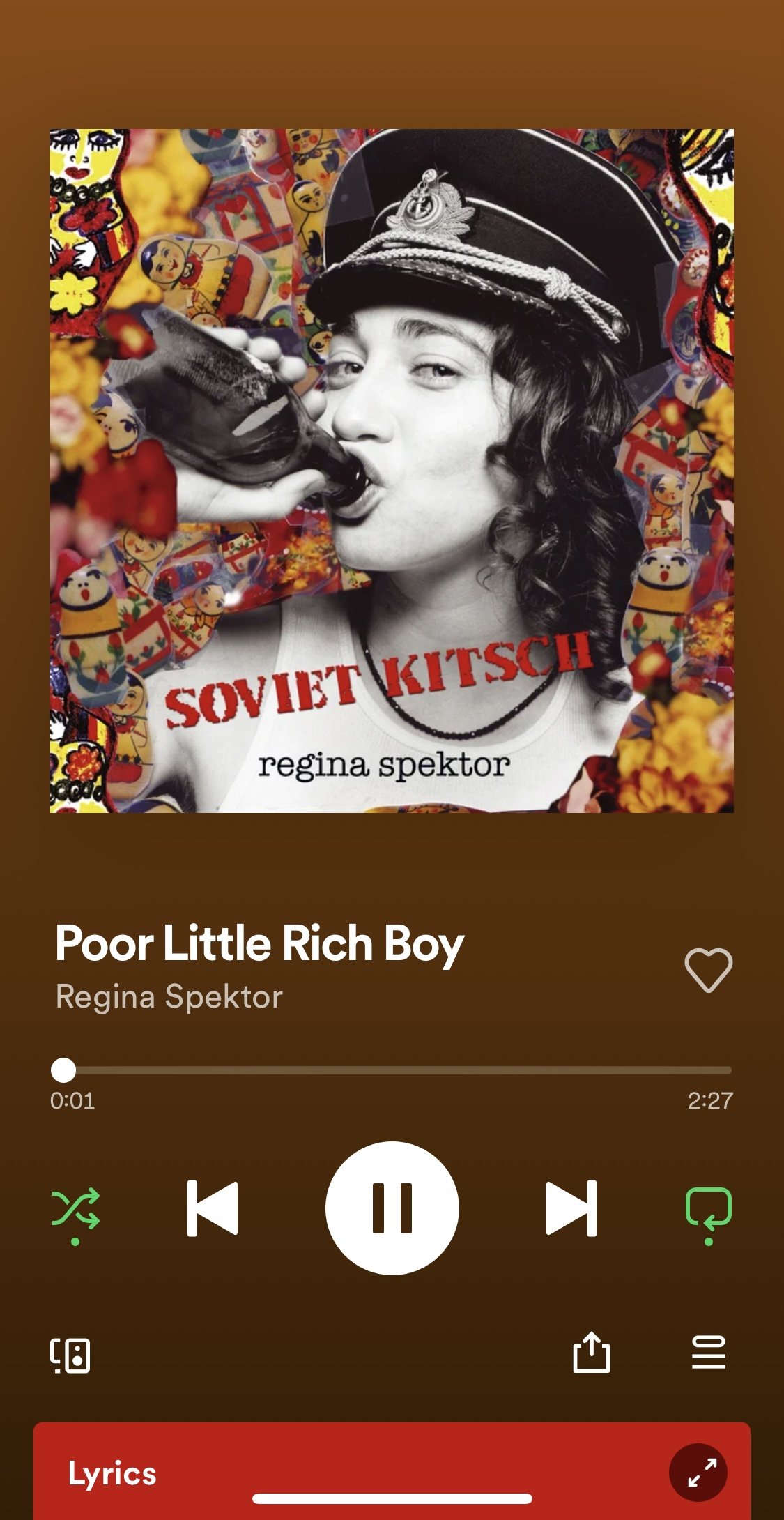


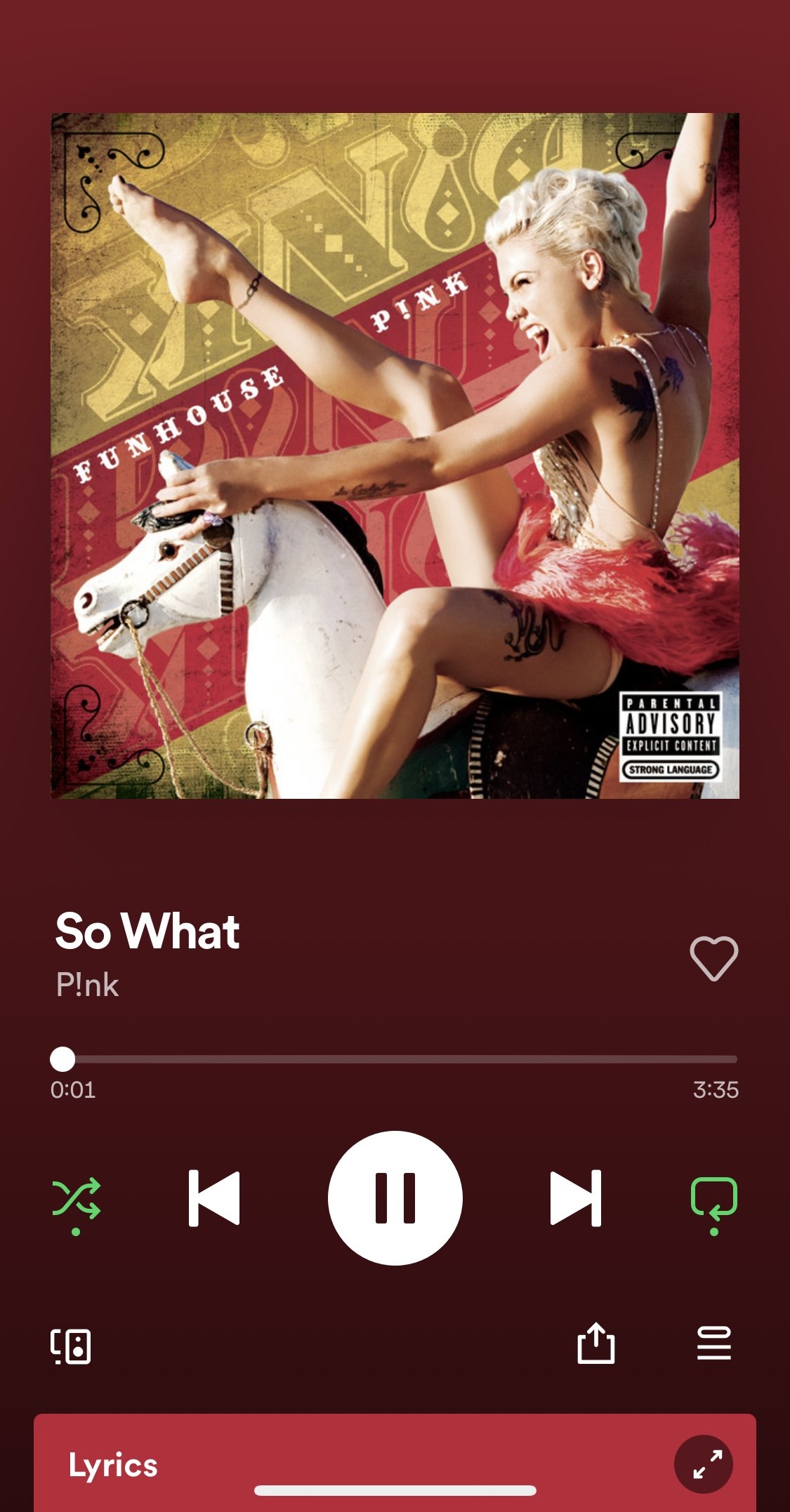

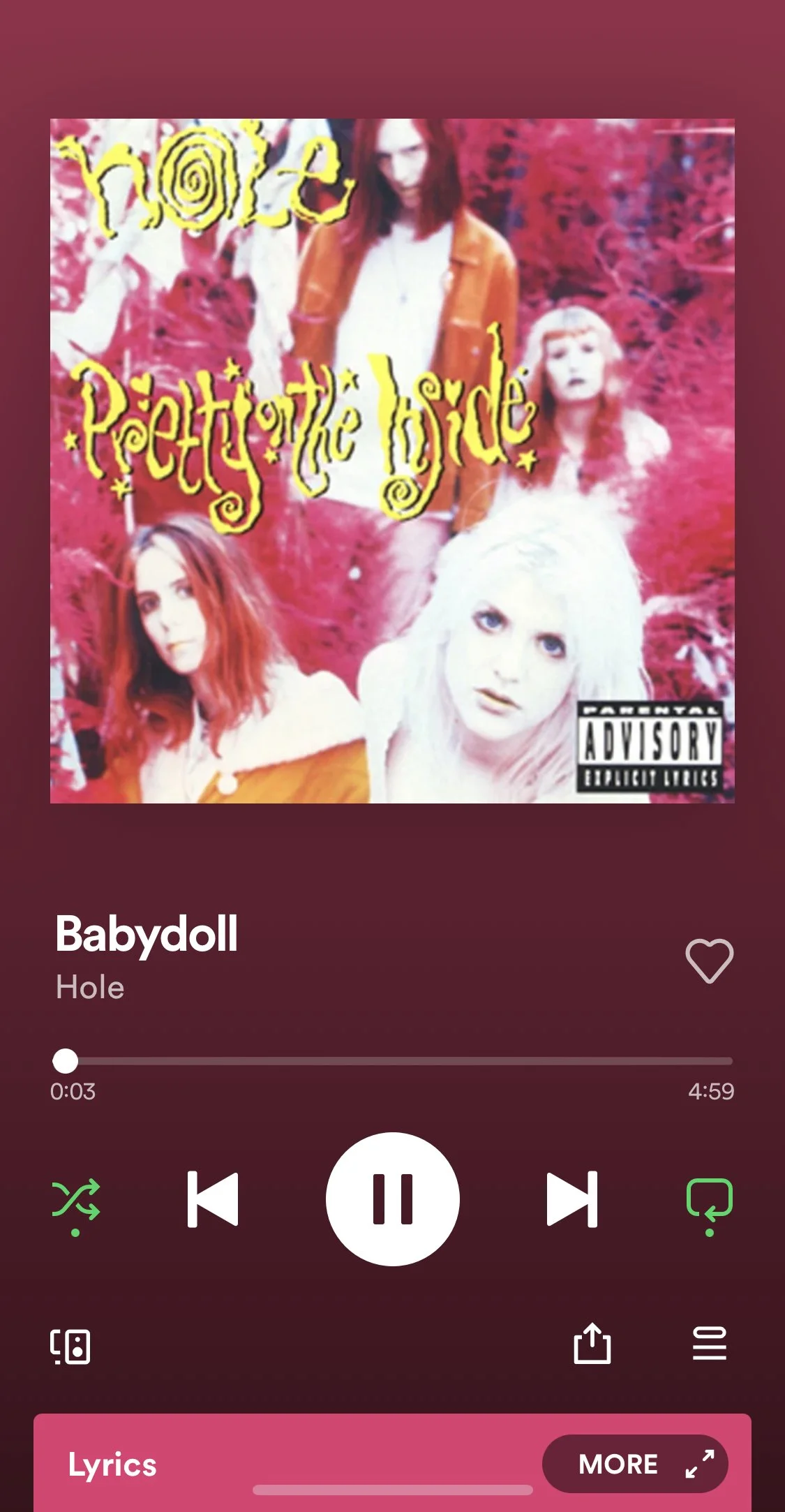
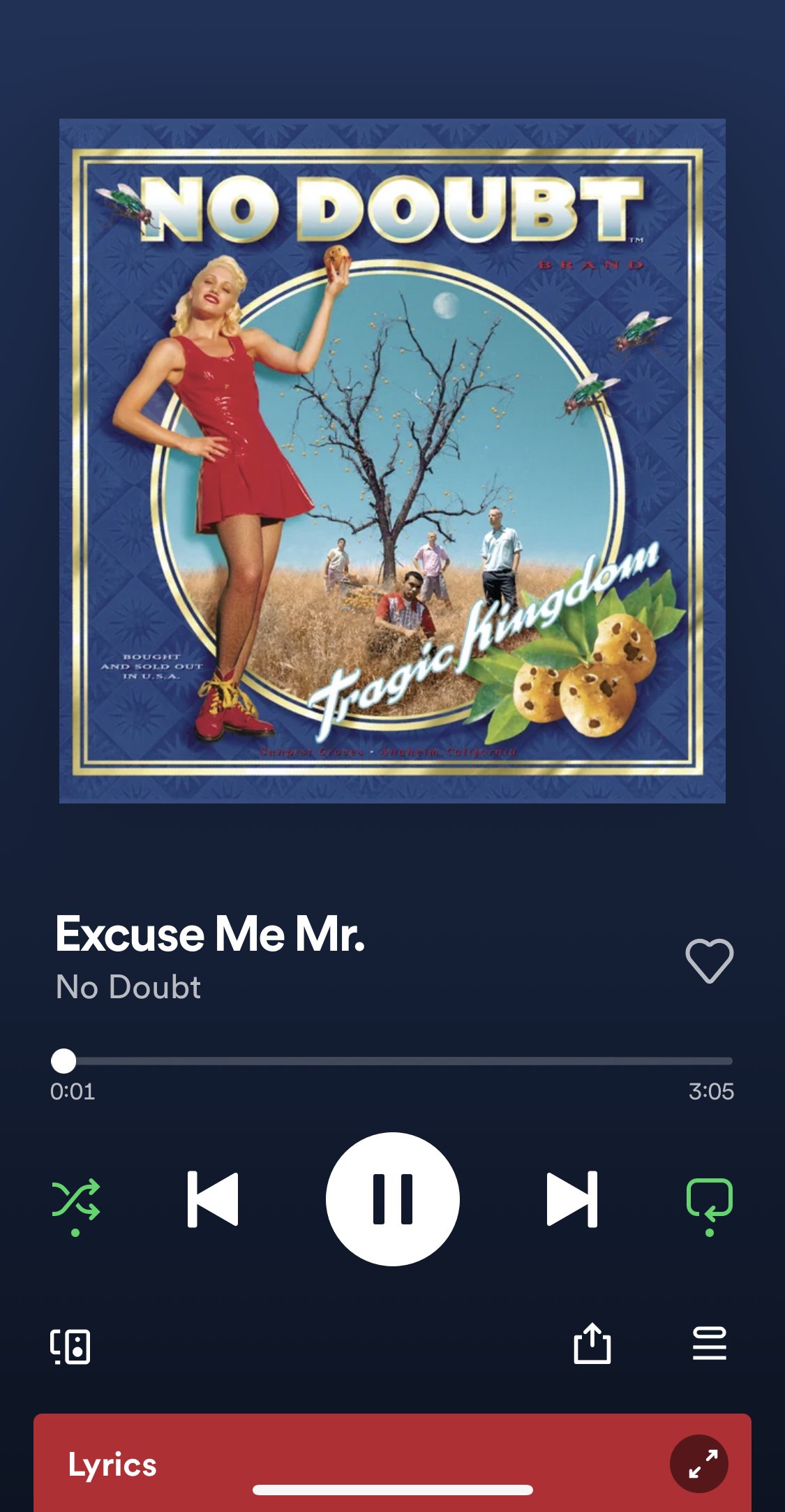
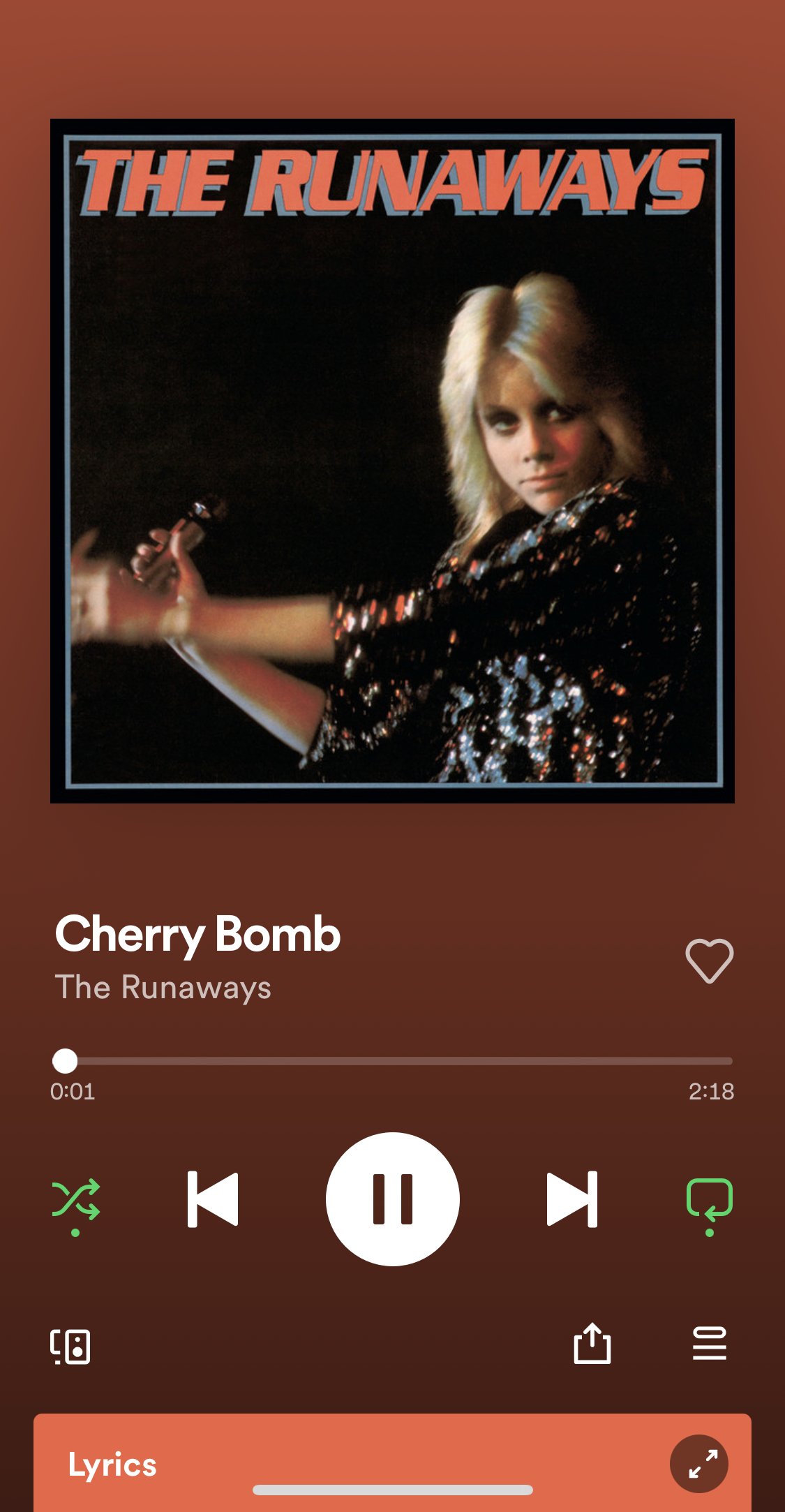


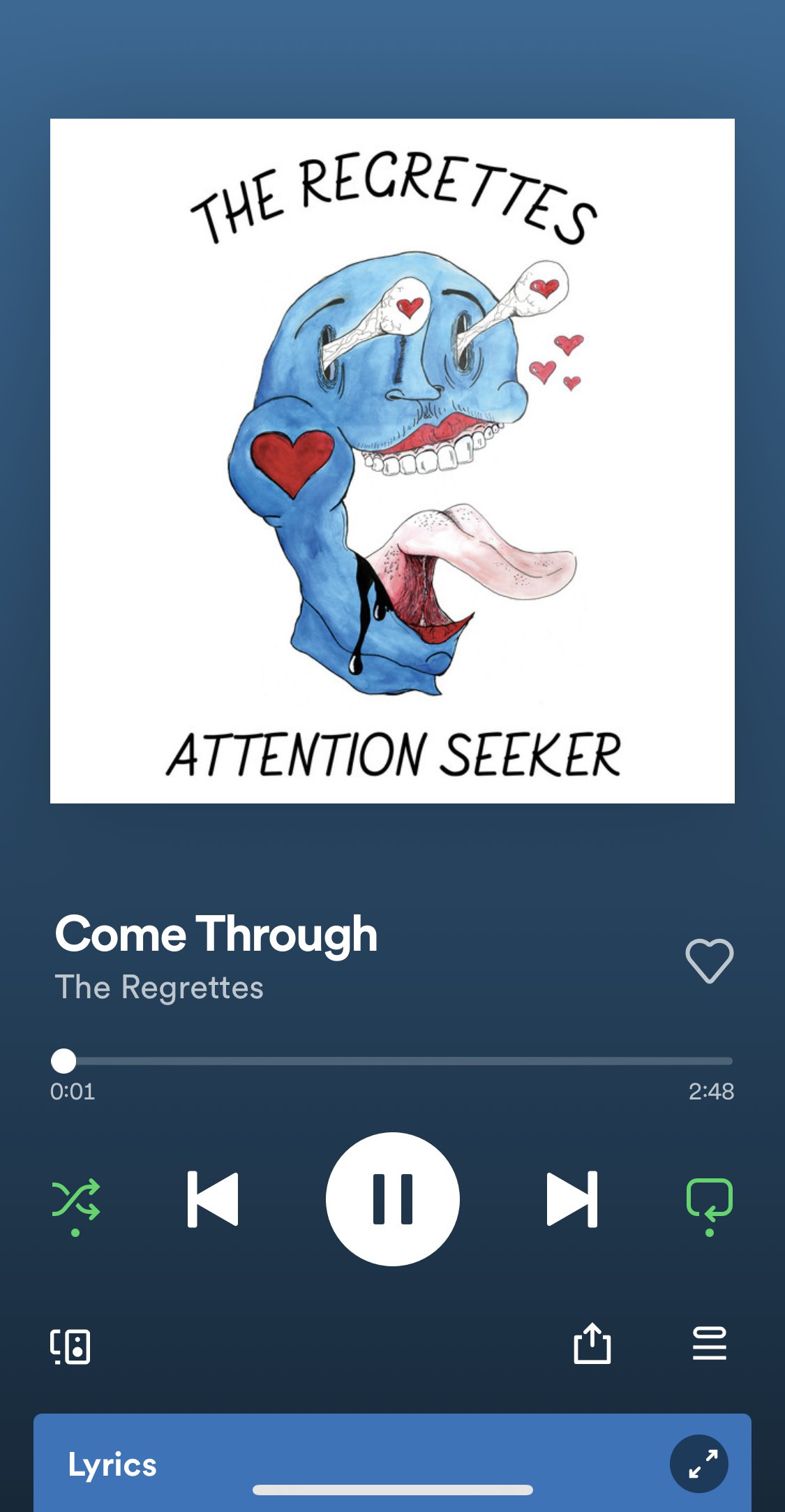




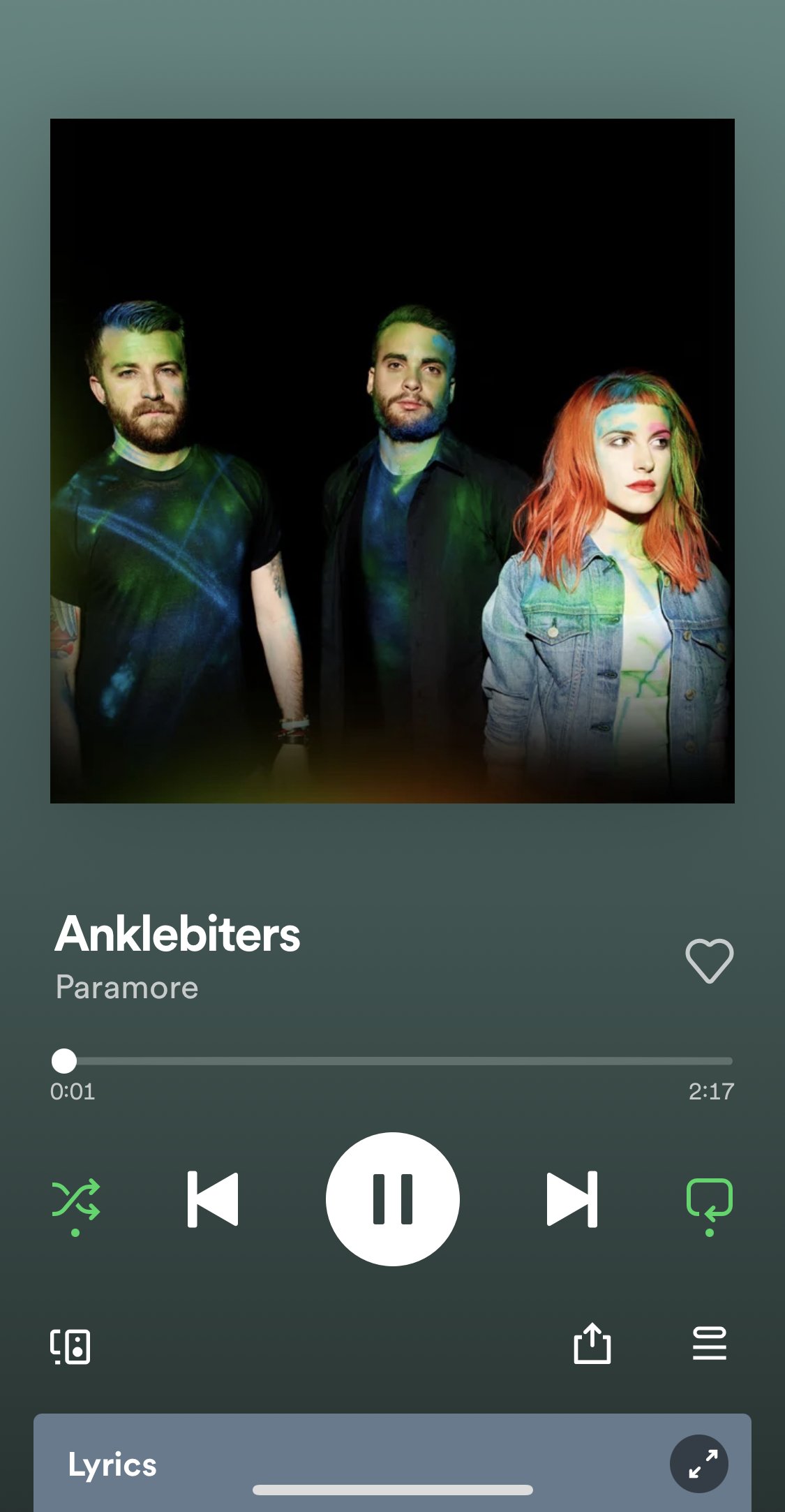
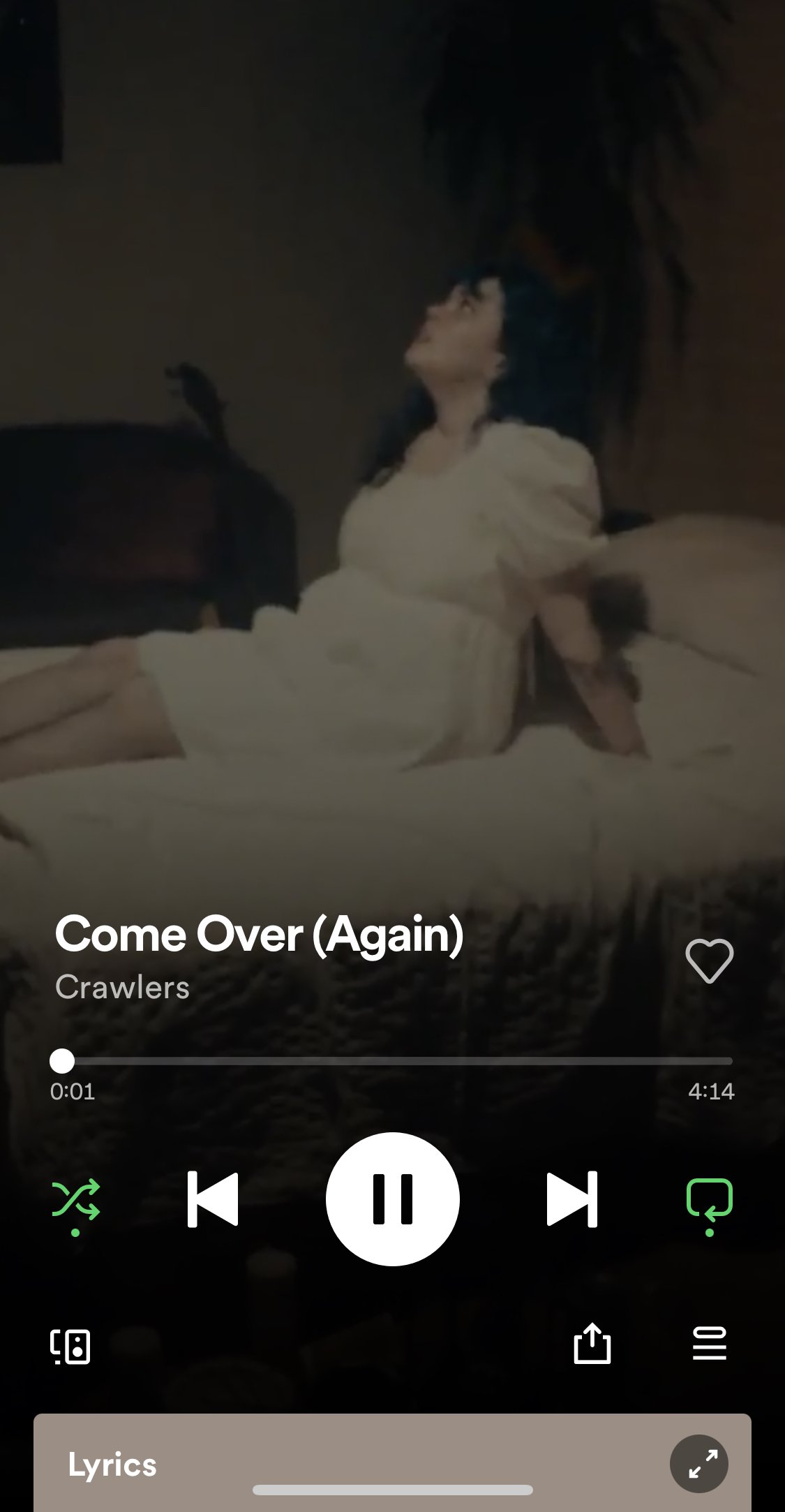

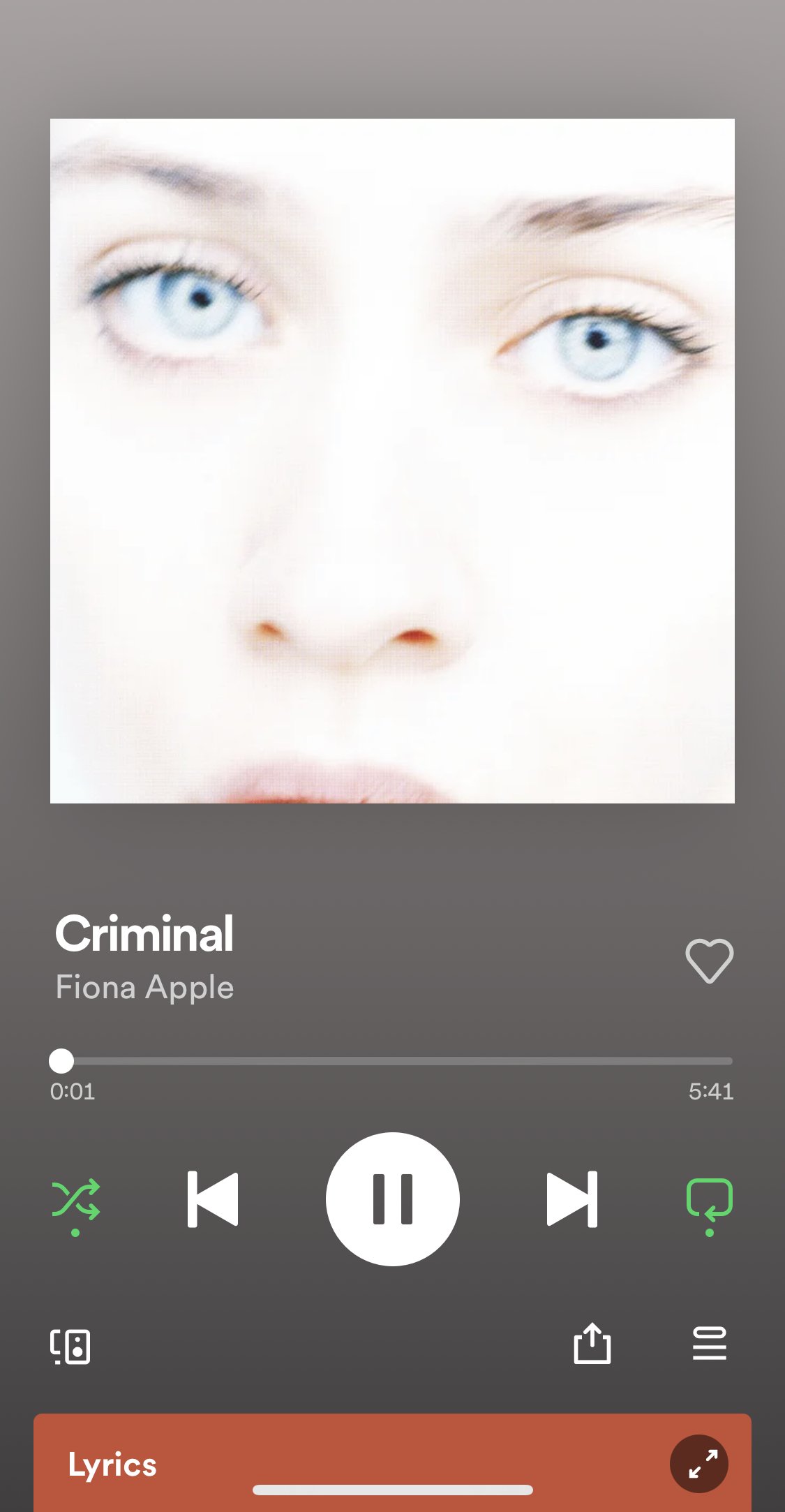

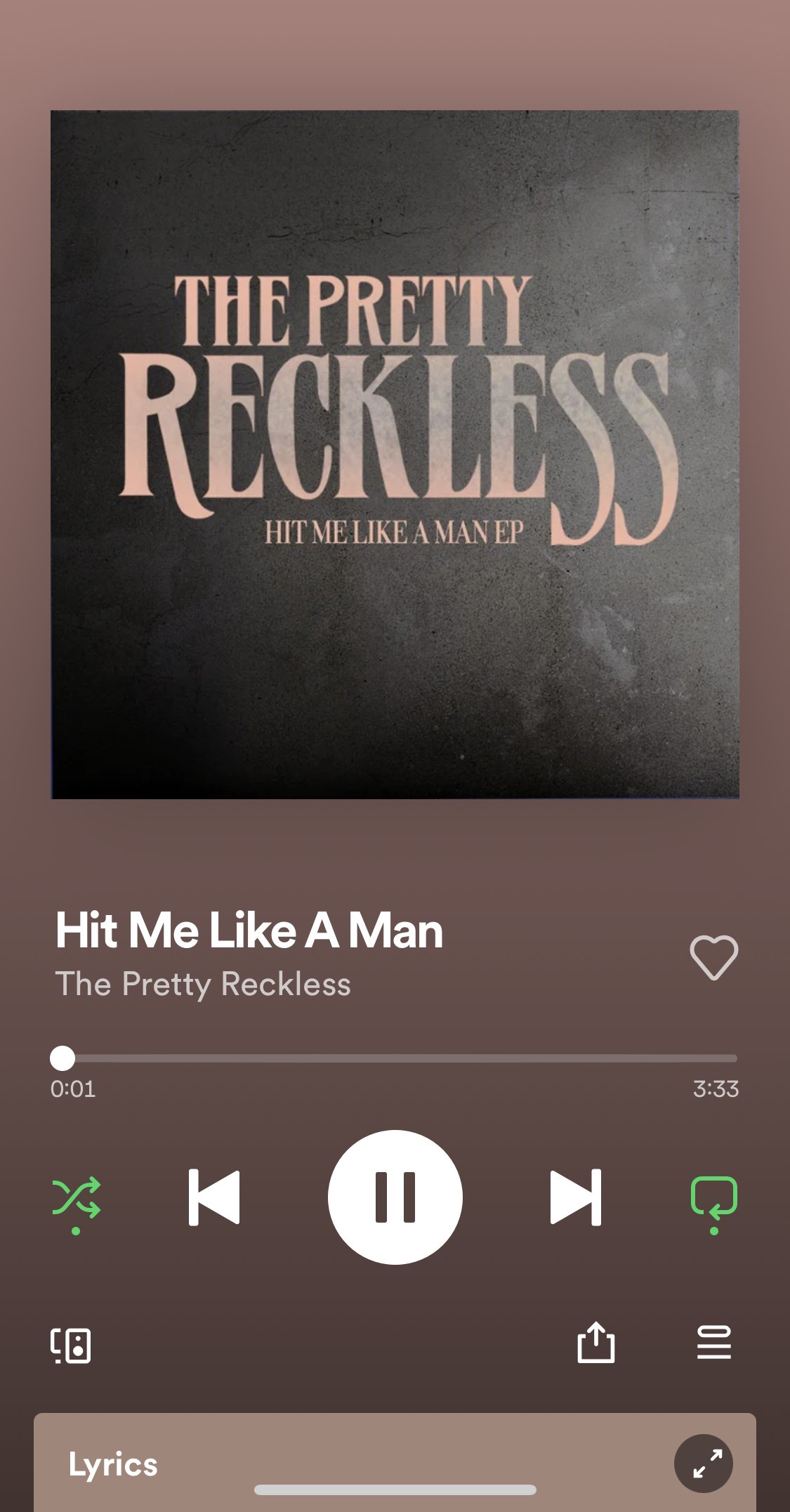
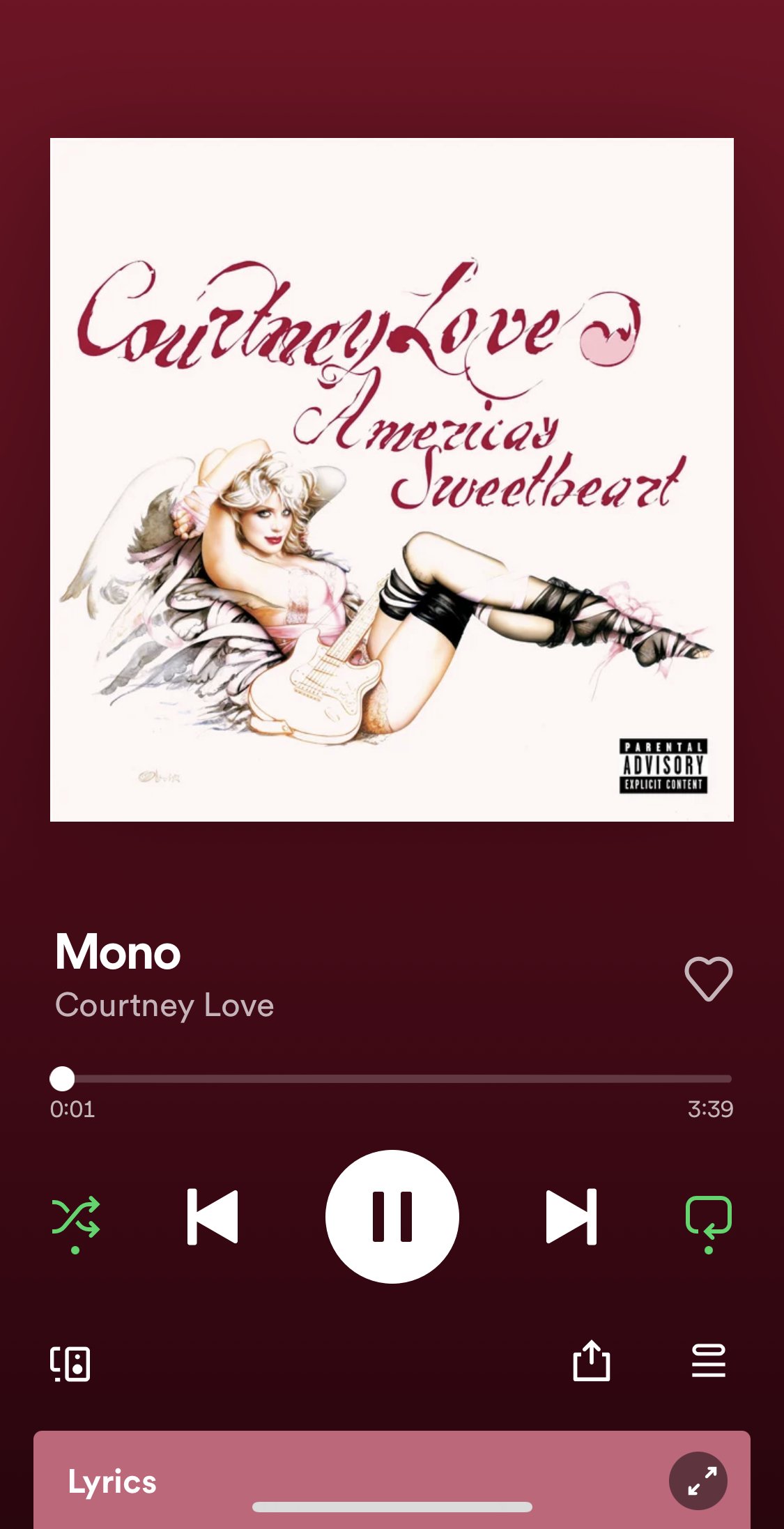




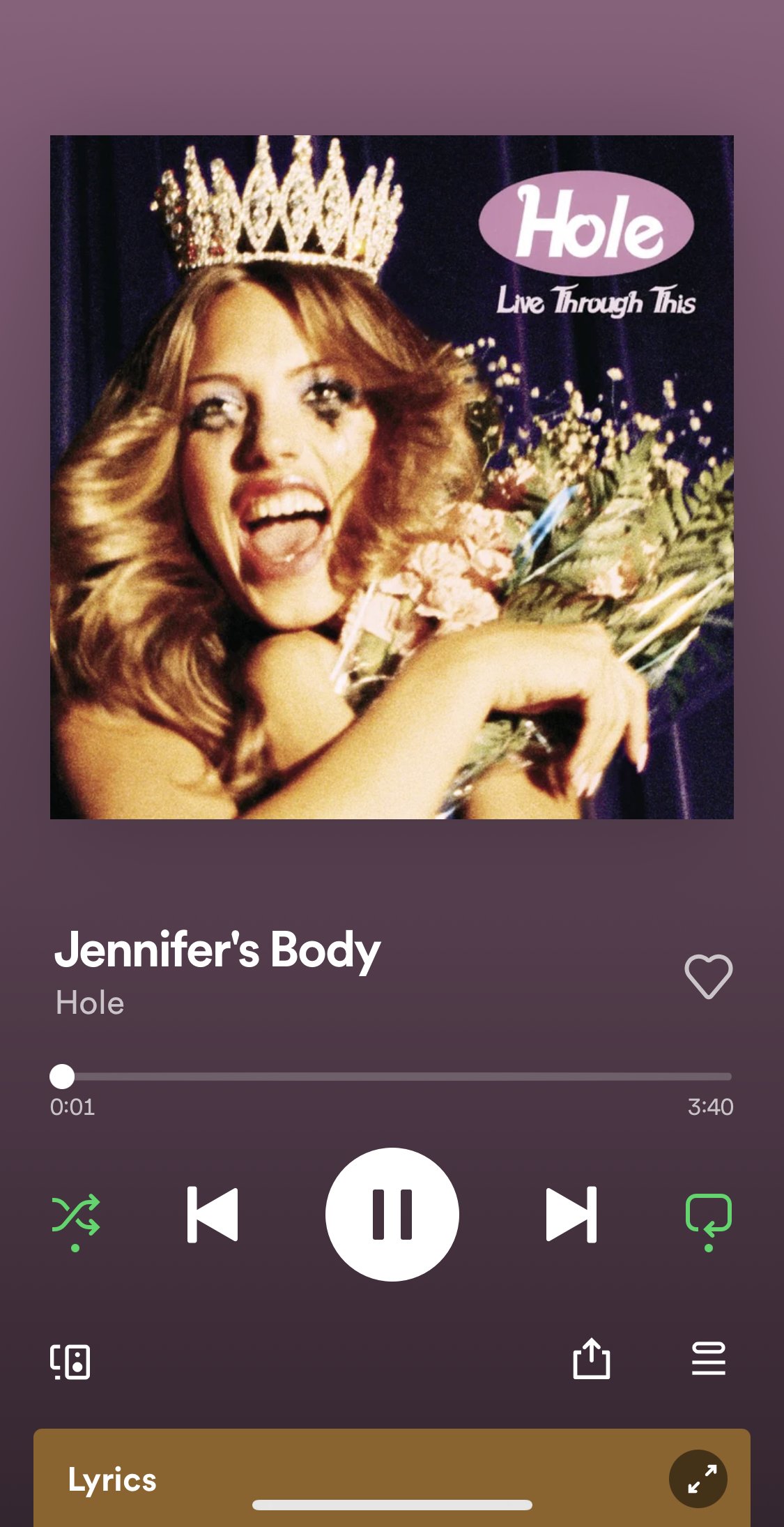

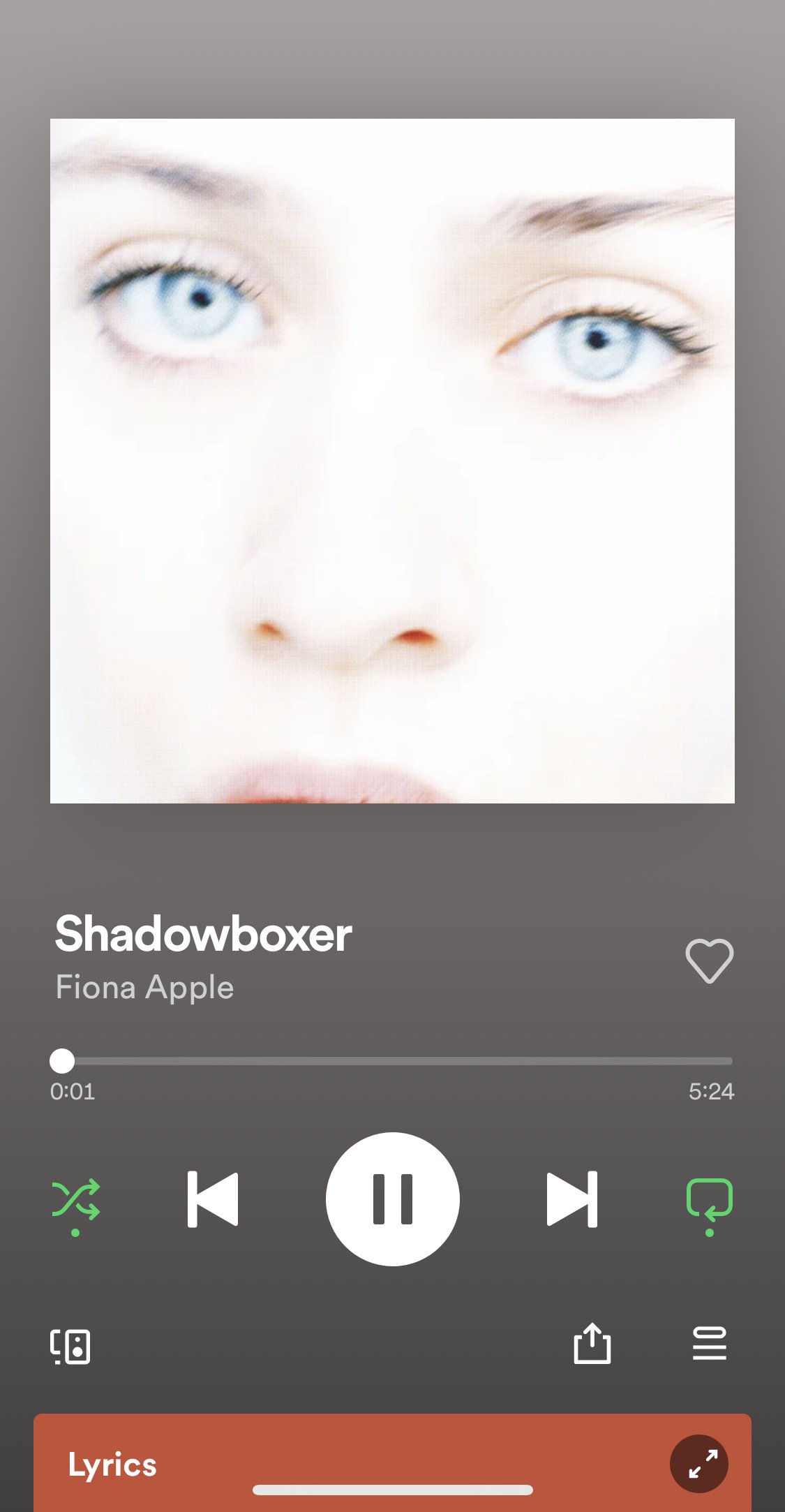
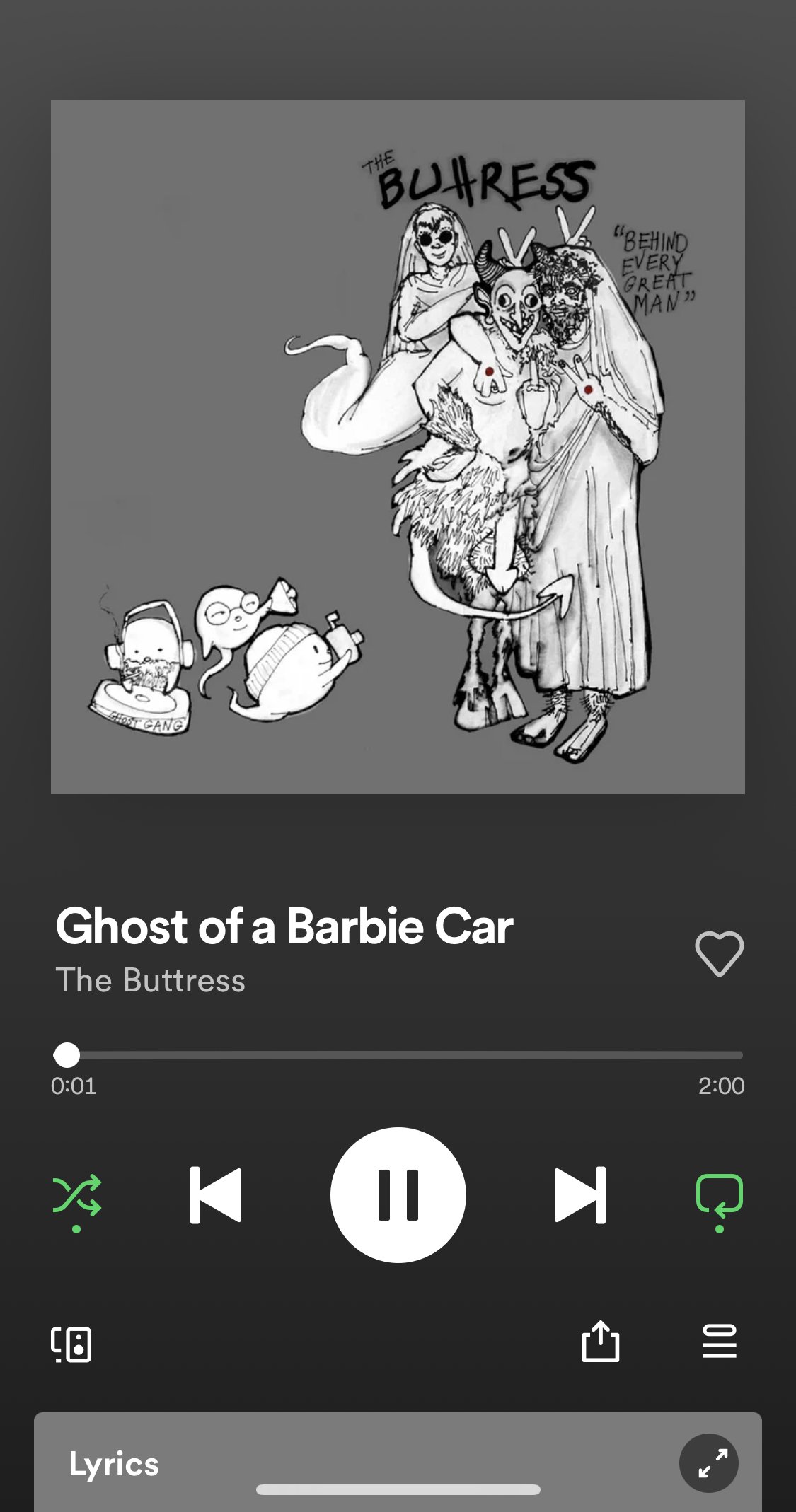


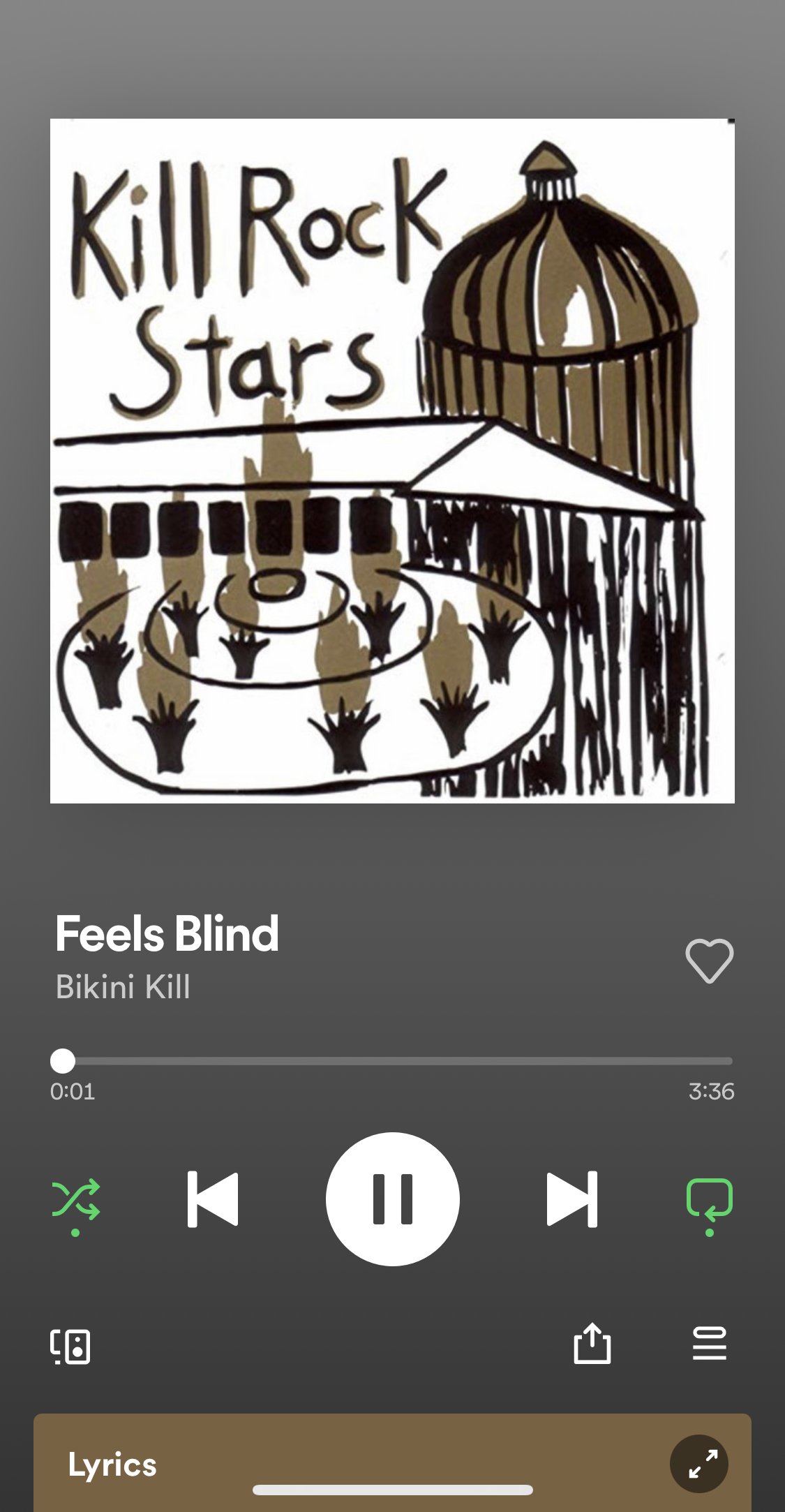

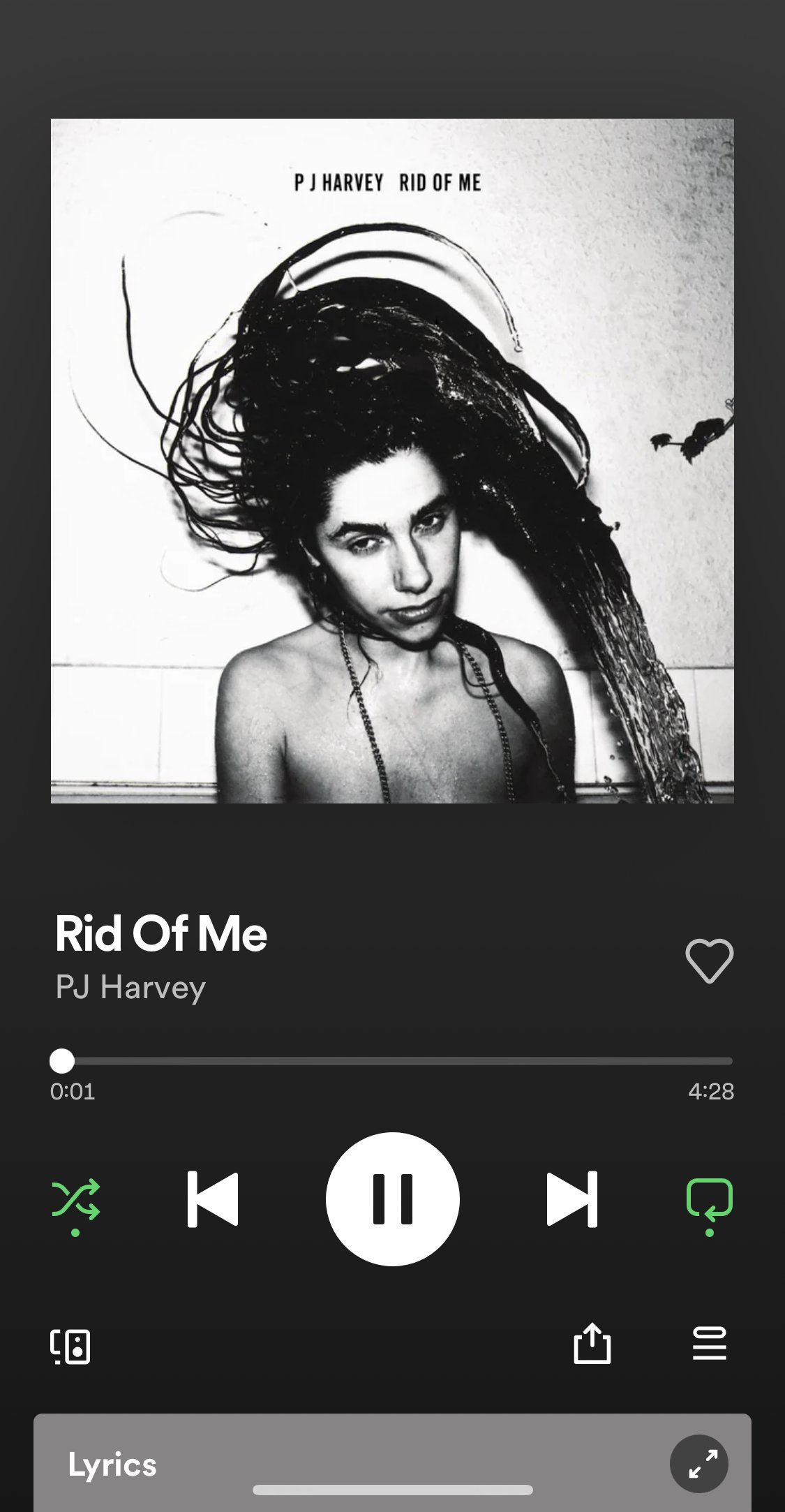
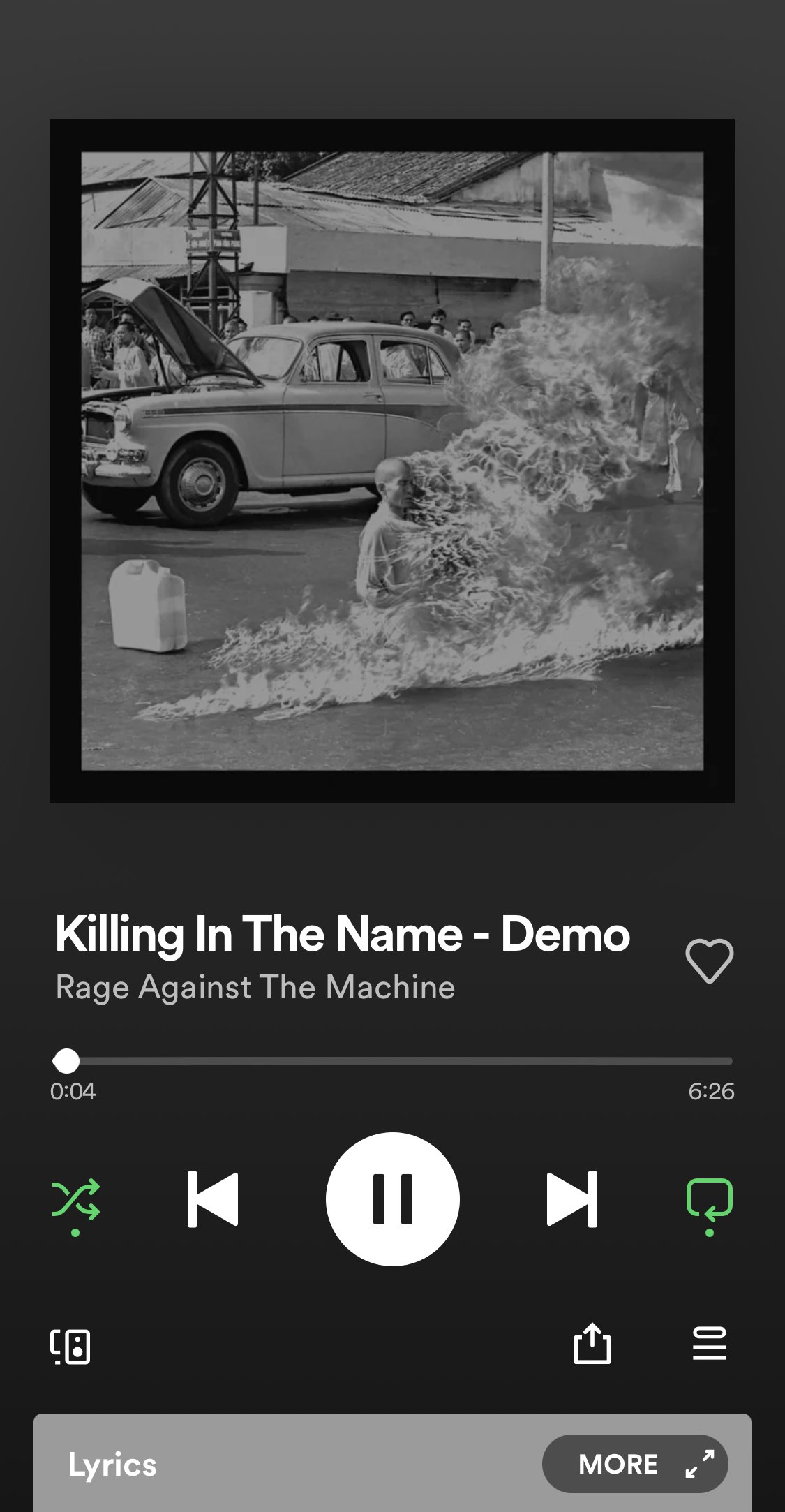
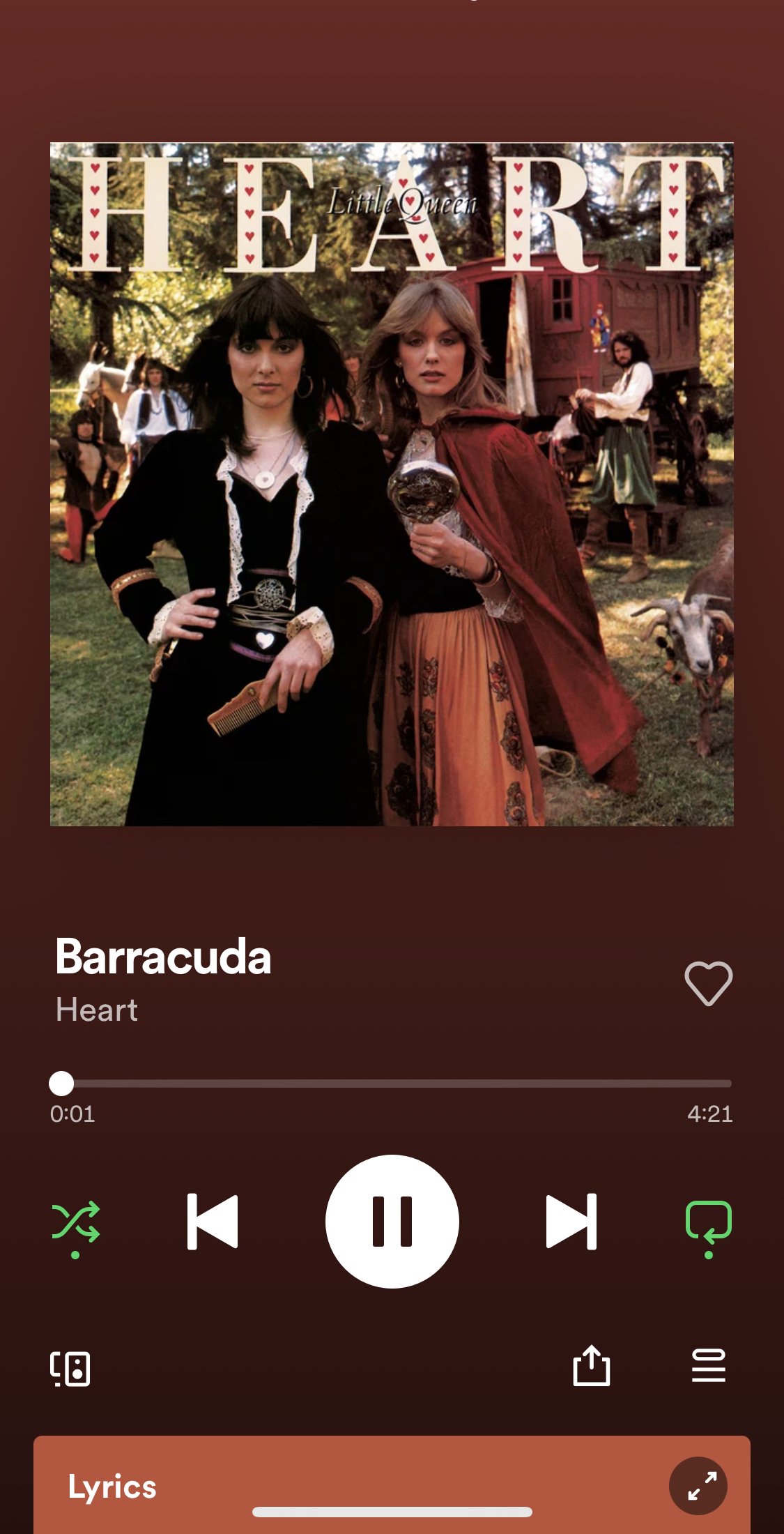
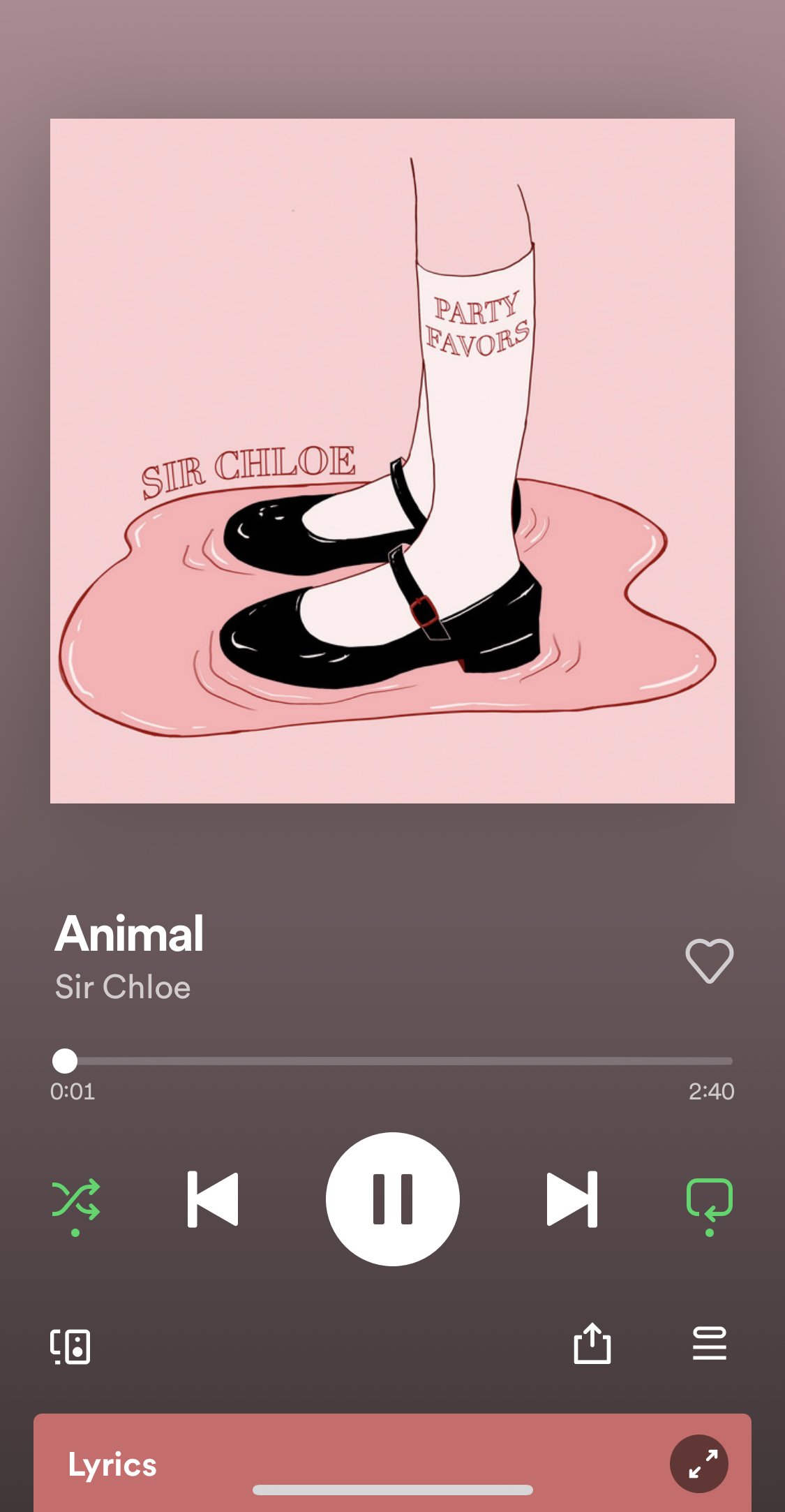
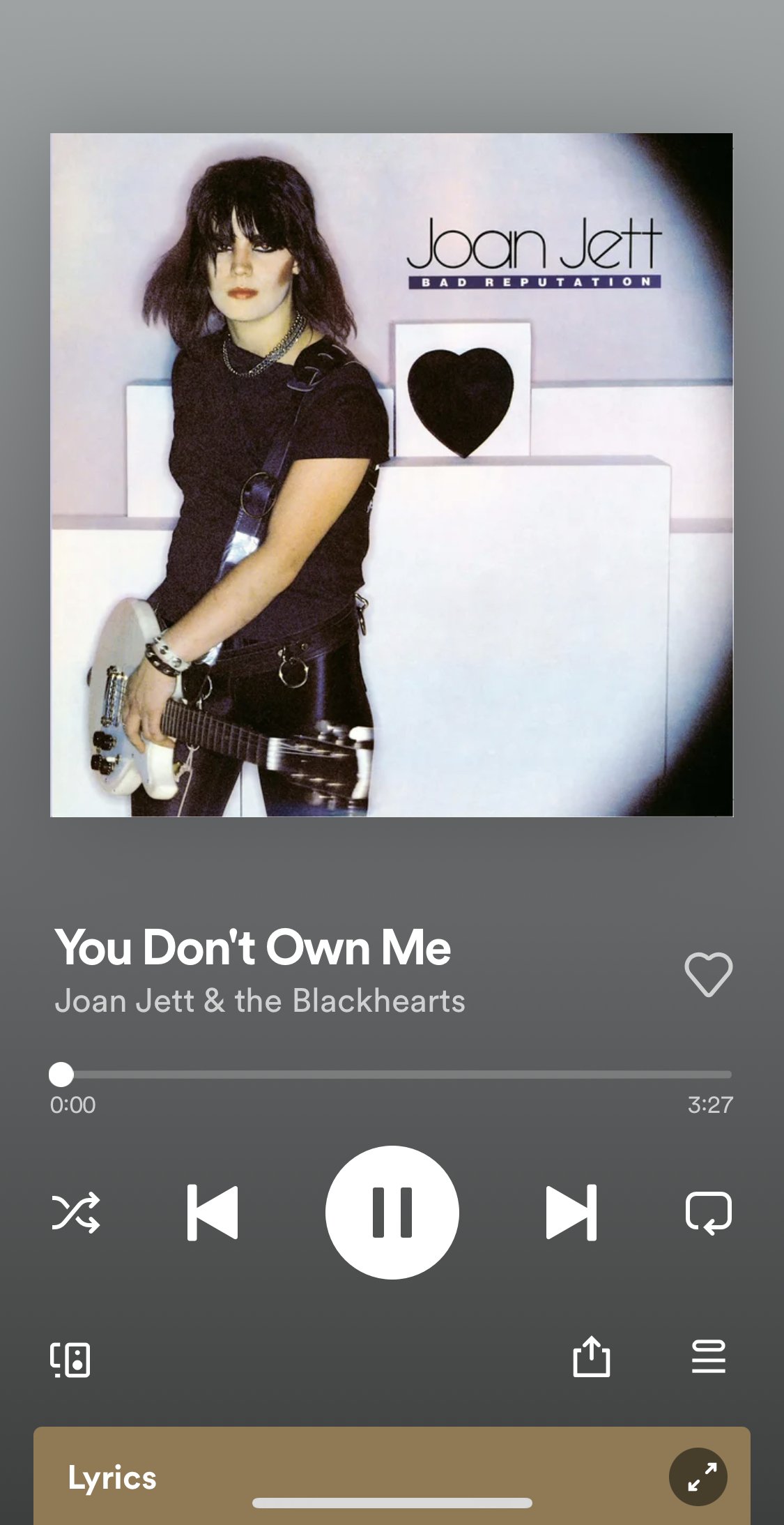


……Feminine rage does exist beyond the noise of loud guitars and drums, although they are valuable tools for it. In researching rage most of the examples that were quickly accessible has to do with the riot grrrl movement or similar subcultures of punk rock. Feminine rage exists so prominently in so many spaces but it is often embedded in lyrics rather than instruments.
Women are taught not to directly express any outward rage so many female artists use indirect channels of releasing anger. This can be seen as an artistic choice but there is an element of psychology to it.
“When outrage is not suppressed or turned inward but, rather, sublimated, we all fare better. Sublimation is an adaptive defense mechanism where the energy of a biological impulse — in this case, anger — is diverted from its immediate goal to one of a more acceptable social or moral use.”
-Psychotherapist Allison Abrmas states
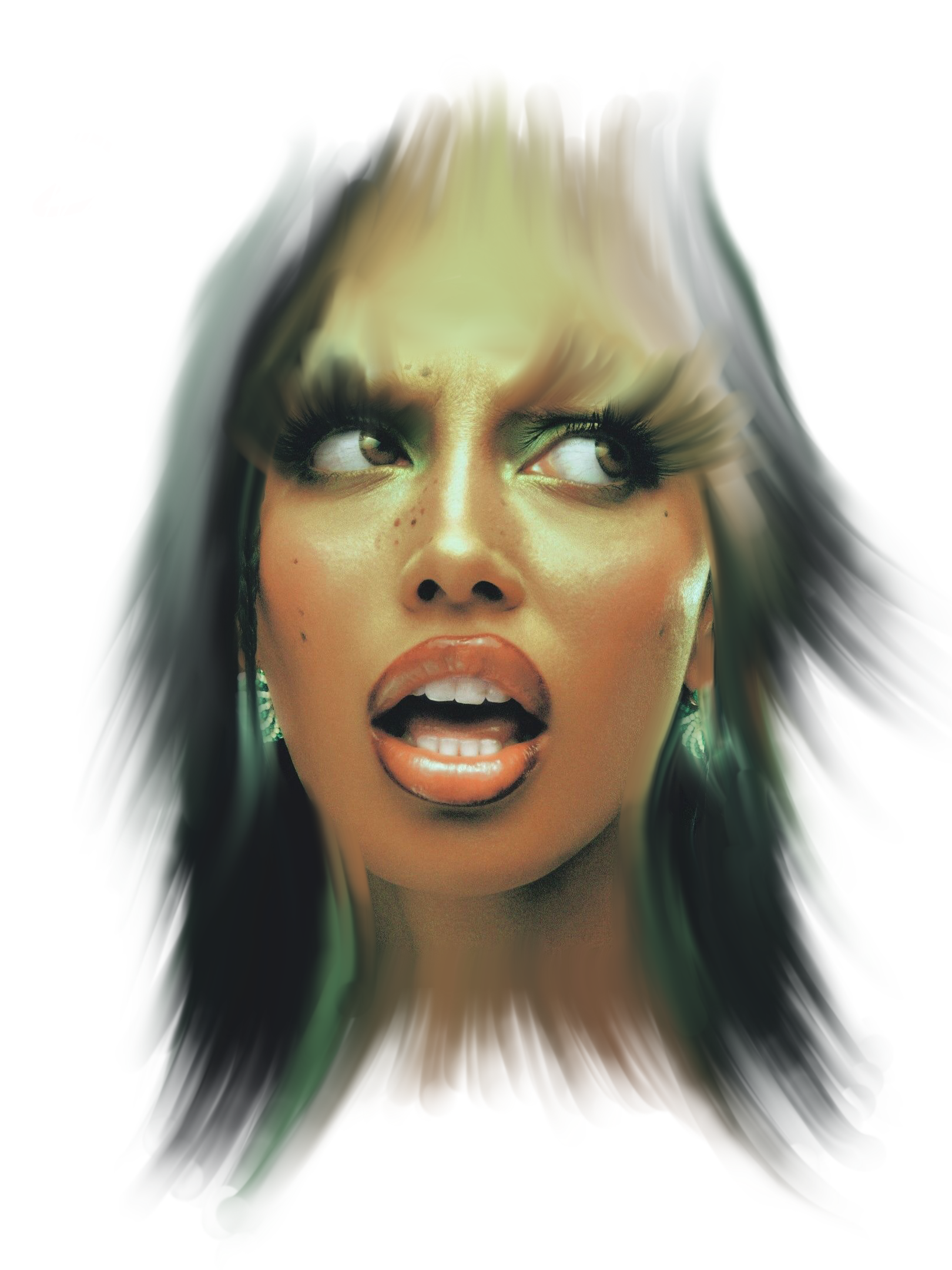

Women are the minority of popular artist in every genre.
In a study of Gender disruption in popular songs through the years 2012-2020 the genres where women represented more than 15% were:
Pop (32%)
Country (19.6%)
Dance/Electronic (21.5%)
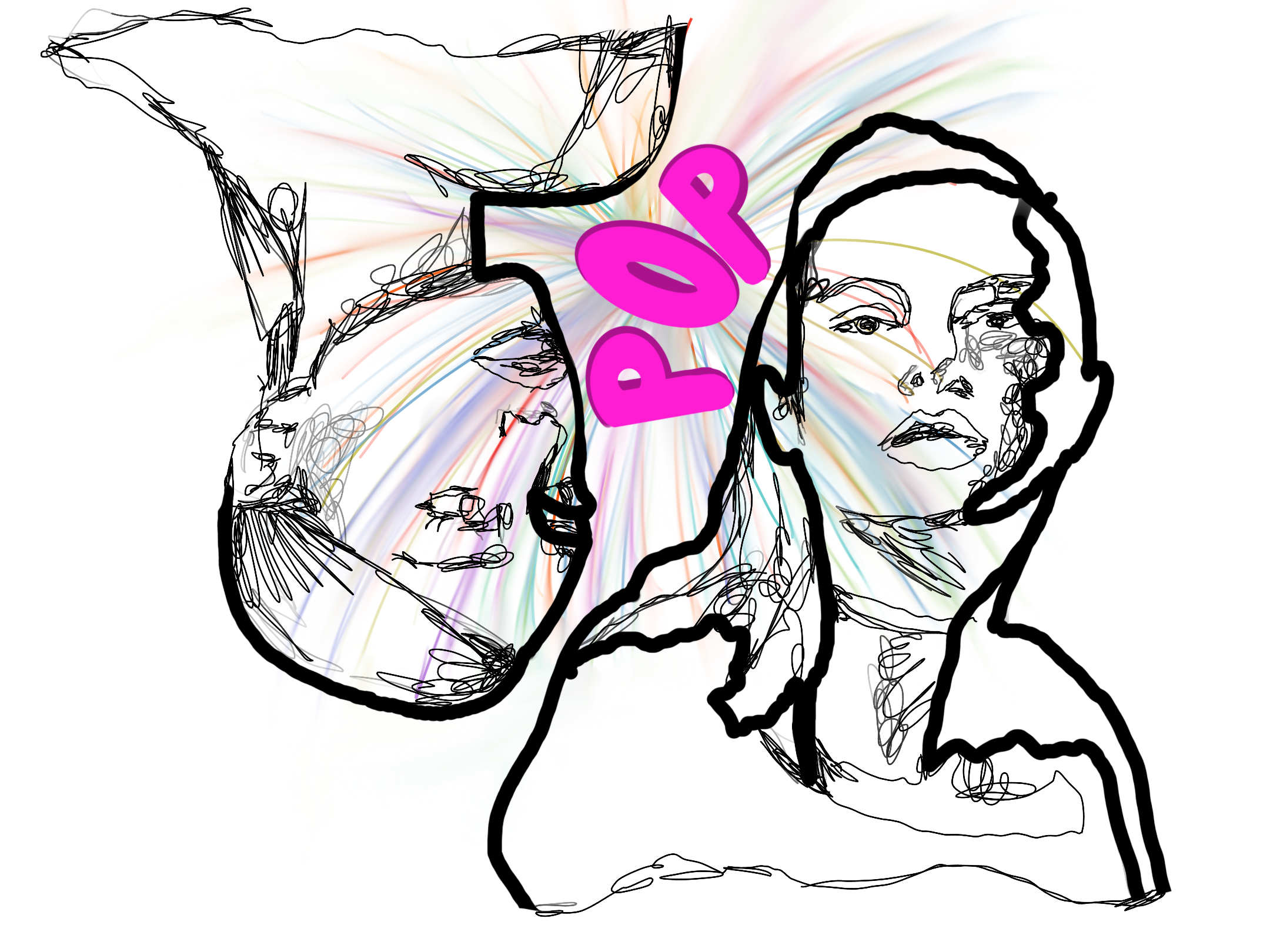

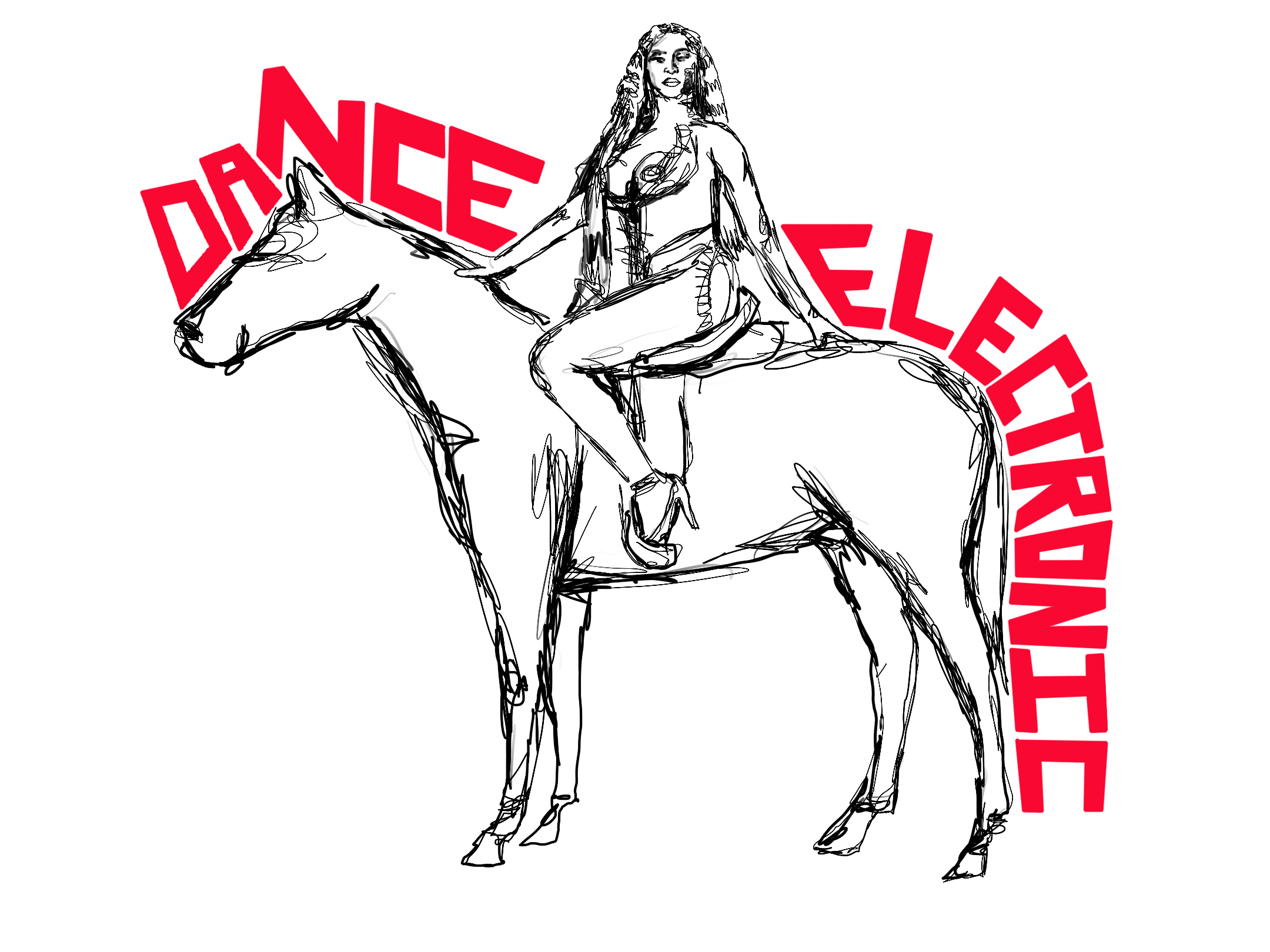










































YOU'RE JUST A MAN IT'S JUST WHAT YOU DO
YOU'RE JUST A MAN IT'S JUST WHAT YOU DO

Since women are taught to suppress their anger, the presence of sadness ends up being a significant part of their rage. Many songs that appear sad are interwoven with some level of rage.
The wailing vocals of Lorde’s Writer in the Dark or the heart wrenching lyrics of Moon Song by Phoebe Bridgers both portray the sorrow of a woman in relation to a man while also regarding their position in society with a sense of anger.






























